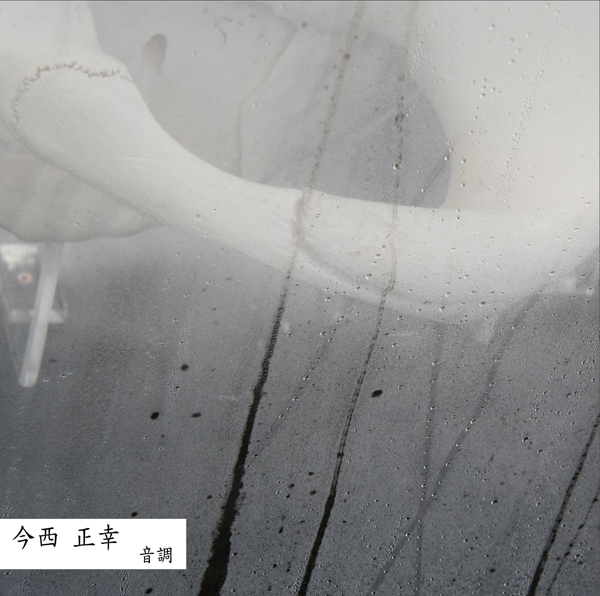
 |
|
by Ed Pinsent from Sound Projector |
Paper ManMasayuki Imanishi’s Tone (ini.itu #1502) is a wonderful LP of minimal gestures…he’s doing things with radio, field recordings and paper which I can’t understand, yet they are supremely fascinating. Yes, paper…I have heard one Japanese record before of a performer some making sound with paper in bookshop in Tokyo 1, which was surprisingly compelling in proportion to the amount of effort expended by the perpetrator. Imanishi likewise may not appear to be exerting himself much, but very often it takes a lot of work to be as restrained as this, holding back from the grand gesture or the over-amplified volume. There’s much imagination and innovation in the arrangement of layers or sound events or situations; I admit it’s far from clear what might be going on here, but everything coalesces nicely and the plan always comes together. Nothing really sounds natural or familiar, yet neither is it processed into some artificial digital gloop. Can’t find out much about this fellow, not even from his own website which, like the music, is quiet, modest, unrevealing, saying no more than necessary. On the other hand, there is a back catalogue of other releases, compilation appearances and collaborative works, going back to about 2007; and there appears to be an interest on his part in small objects which might be used for sound-generation. This may tempt the reader to liken him to the UK’s Lee Patterson. While I’m not as familiar with Lee’s accomplishments as I should be, may I refer you to this vivid description by Paul Khimasia Morgan. Fascinating record and I will look out for future recordings by Masayuki. Arrived here 8th May 2017, but was released in 2016.
|
blurb
|
Masayuki Imanishi est un artiste sonore japonais aux frontières de la musique concrète et d'une approiche plus plastique du son. Il travaille avec du papier, un micro, une radio, des enregistrements de terrain et divers objets. 'Tone' regroupe sept pièces autant abstraites qu'intimes, très proche d'une démarche expérimentale en écho aux arts plastiques. On semble écouter des phénomènes naturels transformés par la captation. Calme, austère et énigmatique ! |
best of by Brecht Ameel
|
Brecht Ameel (Brlâab, Razen)
Drew McDowall “Collapse” (Dais Records)
|
review by ? |
Masayuki Imanishi: Tone Wieman: Cryptonesia That Japanese sound artist Masayuki Imanishi is credited on Tone's back cover with radio, paper, and field recordings (apparently debris and other objects also were involved) says much about the kind of experimental material featured on the seven-track vinyl album (250 hand-numbered copies); it's also noteworthy that the accompanying press release includes the following point of clarification: “All clicks, pops, and shuffles are intended.” Thirty minutes of enigmatic sound art explorations, each one pitched at a subdued volume level and speckled with detail, are spread across its vinyl sides. Softly burbling microbes of alien, amorphous sound emerge in the opening track, in addition to radio noise that intrudes upon the sound field. Other settings suggest the amplified activity of an insect colony and the swirl of noisemaking that might appear on a field recording of a night-time forest; one piece could even pass for a sound portrait of Imanishi assembling something in his workshop, considering the abundance of hammering and whirring included in the piece. It's suggested that Tone should be filed next to releases by Steve Roden, Bernhard Günter, and Asmus Tietchens, a detail that in itself makes clear the kind of zone Imanishi's inhabiting on the recording.
May 2016 |
review by Doug Mosurock
|
Seven tracks of distant directional disturbance and amniotic drone float by Japan’s Masayuki Imanishi, working curiously with no more than “radio, paper, [and] field recordings.” Gotta be some sleight of hand there, as the end result can obtain this microscopic lushness, like on the final track. One might question how the mic is used against these sources, as the amount of looping and delay factored into the end result has a bit of a heavy hand against the minimal pond chirp and wavering sound activity going on within. (http://www.iniitu.net) (Doug Mosurock) |
review by FdW |
Despite his collaborative work with Leif Elggren, Kouhei Matsunaga, Vampilia and The Body
|